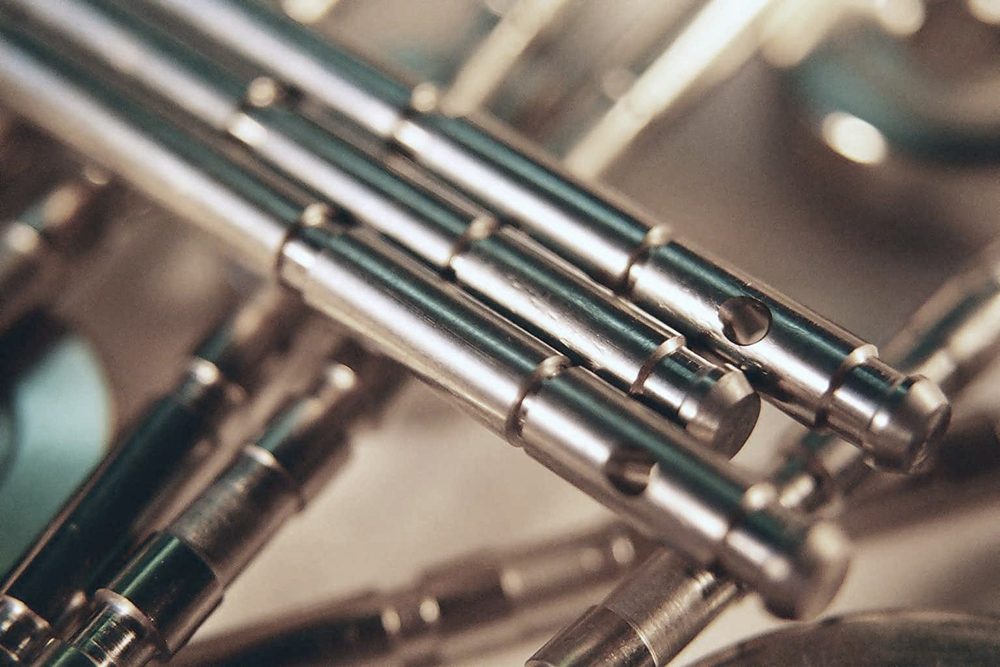
Electroless Nickel Plating is based on coating the metal and composite surfaces by Nickel-Phosphorus alloy. There are two types of classification is available for this plating. First classification is according to the heat treatment, second classification is according to the thickness of the coating. Electroless Nickel Plating is mainly preferred due to its high corrosion resistance, annealing feature, wear resistance and solderability features. Also, it can be applied to aluminum, steel, brass and bronze metals without any problem. Due to its electroless coating feature, distribution of the coating towards the deepest and farthest points of the part is homogenous. Heat treatment after the plating makes the plating more durable by increasing the rigidity of the plating. Phosphorus inside the nickel plating gives a smooth surface to the metal. So, it can easily be used in friction areas.
Performance Tests
Coating performance is calculated by Surface Appearance, Coating Thickness (ASTM B499), Adhesion (ASTM B571), Porosity Test (ASTM B733), Internal Stress Test (ASTM B636), Microhardness Test (ASTM B578), Corrosion Resistance Test (ASTM B117) and Hydrogen Embrittlement Evaluation (ASTM F519).
Related Standards
AMS-C-26074B, AMS 2404 (These are the main international standards, it can also be customer standards as well.)
